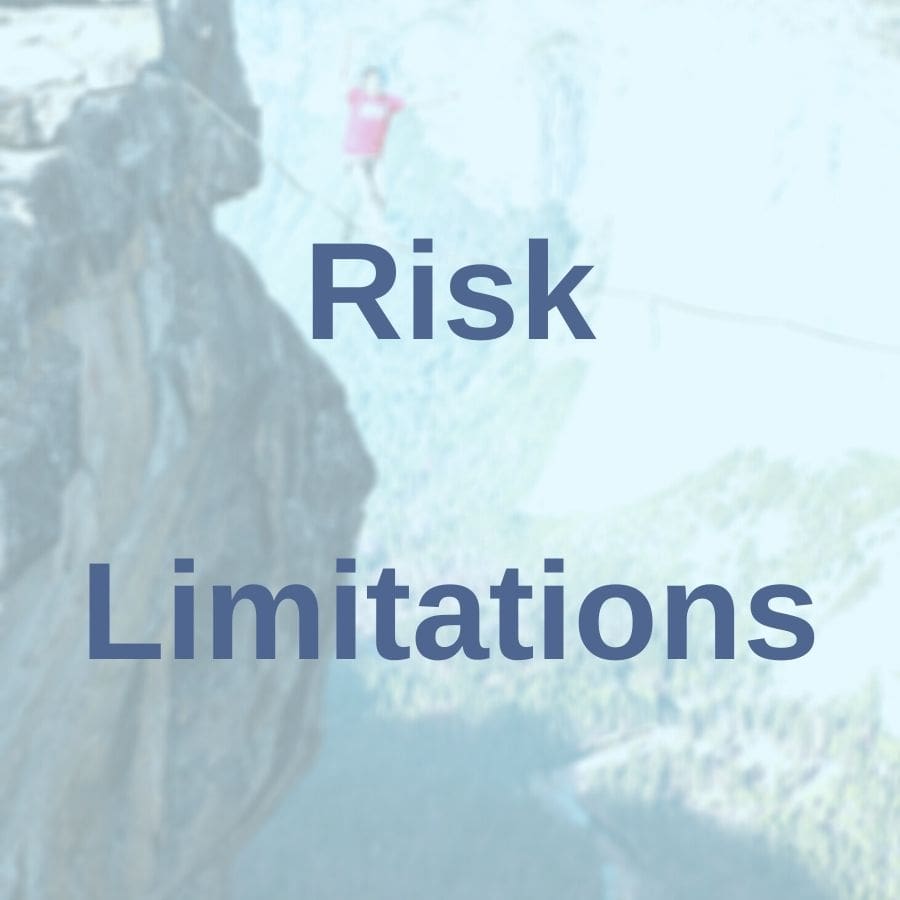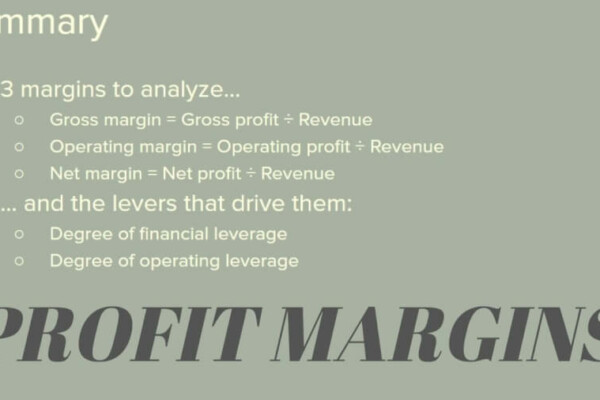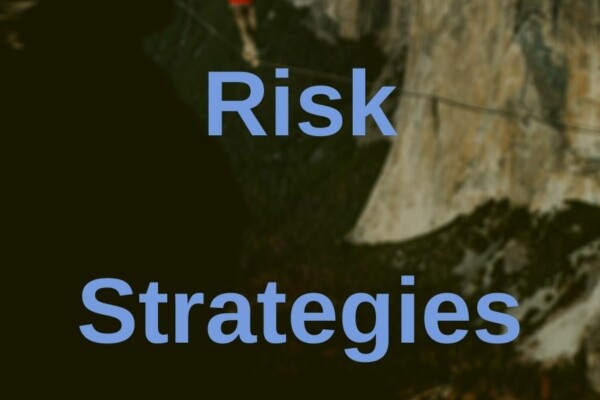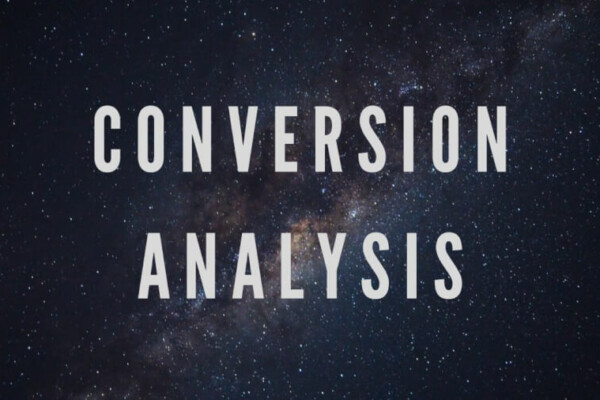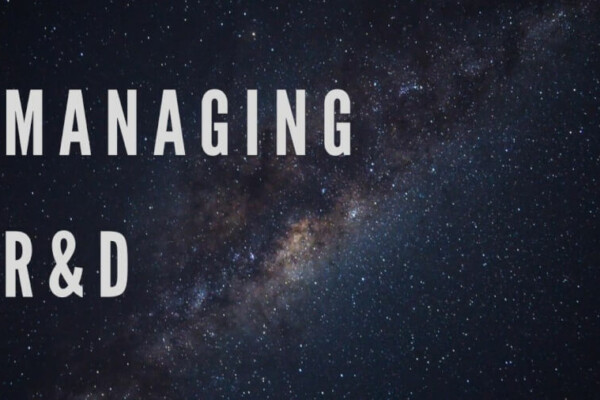What are some limitations of risk assessment?
Risk management consists of three components – identifying, assessing, and controlling. Failure can occur at any of these three stages.
In previous posts, I listed examples of risks that Netflix, Comcast, and Dish Network might face. These Risk Factors included attracting and retaining members, changes in consumer behavior, and weak economic conditions, among many others. As an investor in these companies, you count on the employees to identify, assess, and manage these risks
While those actions comprise the foundation of a risk management strategy, there is one more important component to keep in mind – the limitations of the risk management strategy
What are some examples of areas where risk management can fall short?
1) Not enough data
Pinpointing and analyzing risks involves the collection of information
For instance, Netflix identifies attracting and retaining members as a Risk Factor. In order to manage that risk, they need to collect information regarding the lifetime value of their subscribers.
In order for Comcast to understand how changes in consumer behavior might pose a risk, they need to collect data on the public’s sentiment toward cord-cutting.
Finally, in order for Dish to analyze a Risk Factor such as weak economic conditions, they need to amass data on economic indicators.
Gathering information is time-consuming and can be expensive. However, without adequate data collection, managing risks (e.g. with a cost-benefit analysis) can be difficult or impossible.
2) Poor analysis
Alternatively, there could be instances where data is abundant, but the time and expertise needed to assess it are lacking.
What if the company you’re analyzing can identify risks, but can’t put them into perspective? Because they lack the tools and/or know-how.
Risks have a lot of variables. Marketing, content, and any number of other things can affect Netflix’s ability to attract and retain members.
Comcast’s serviceable available market (SAM) consists of tens of millions of potential customers. There’s an almost infinite number of issues that could affect changes in the behavior of that many consumers.
Likewise, the economy is an exceedingly complex entity. How many different variables can affect a Risk Factor such as weak economic conditions?
A lot of generals fight the last war, not the next one. Or so the saying goes. Even if the company you’re analyzing has the capacity and confidence to thoroughly analyze risks, they may not be prepared for what comes next…
3) Unknown risks
Risks that you aren’t aware of obviously haven’t been identified. Therefore, they can’t be assessed. Nor managed. They just lurk in the shadows; waiting to have an adverse effect on the stock you’re invested in.
Even if these unknown risks have reared their ugly head in the past, that doesn’t mean they are at the forefront of management’s mind. Pandemics and civil unrest are nothing new. They’ve happened all throughout history. Nevertheless, the second and third-order (and beyond) effects from these risks might not be identified until it’s too late.
What are some other examples of unseen risks?
In The Black Swan, Nassim Taleb names some of the biggest “unknown unknowns” to affect casinos. They’re not what you would expect. They have nothing to do with slots, table games, or any other type of gambling.
One unknown risk was when Siegfried and Roy’s tiger attacked one of the performers. It’s reported that the financial implications of this unexpected event were in the neighborhood of $100 million.
Another unnamed casino suffered an enormous loss after an employee neglected to file important IRS documents for years at a time.
Assessing risk management
Risk assessments are a part of a bigger strategy called risk management which helps reduce the damage from adverse events.
When it comes to risk assessment, one of the first things that investors should look at is the Risk Factors in the 10-K. They want to make sure they understand what situations may cause harm in order for them not to be surprised by anything happening later on down the road!
Investing Risk Tolerance | The Key to Wise Decisions
Risk assessment is the process of evaluating and prioritizing risks from an organization’s standpoint. Risk can be defined as “the chance that something will go wrong.” It takes into account probabilities. Or, how likely an outcome is to happen.
Risk assessment limitations
I believe that Risk Factors, generally, are on executives’ minds. But, can their risk management strategies reduce the risks you take as an investor? I also think so. Especially when they have some skin in the game. If your investment were to tank, theirs should too.
Nevertheless, keep in mind, that risk management is not always comprehensive. Remember to use diversification, hedges, stop losses, and any other tools necessary to manage your risks as an investor. Don’t just leave it in management’s hands.

